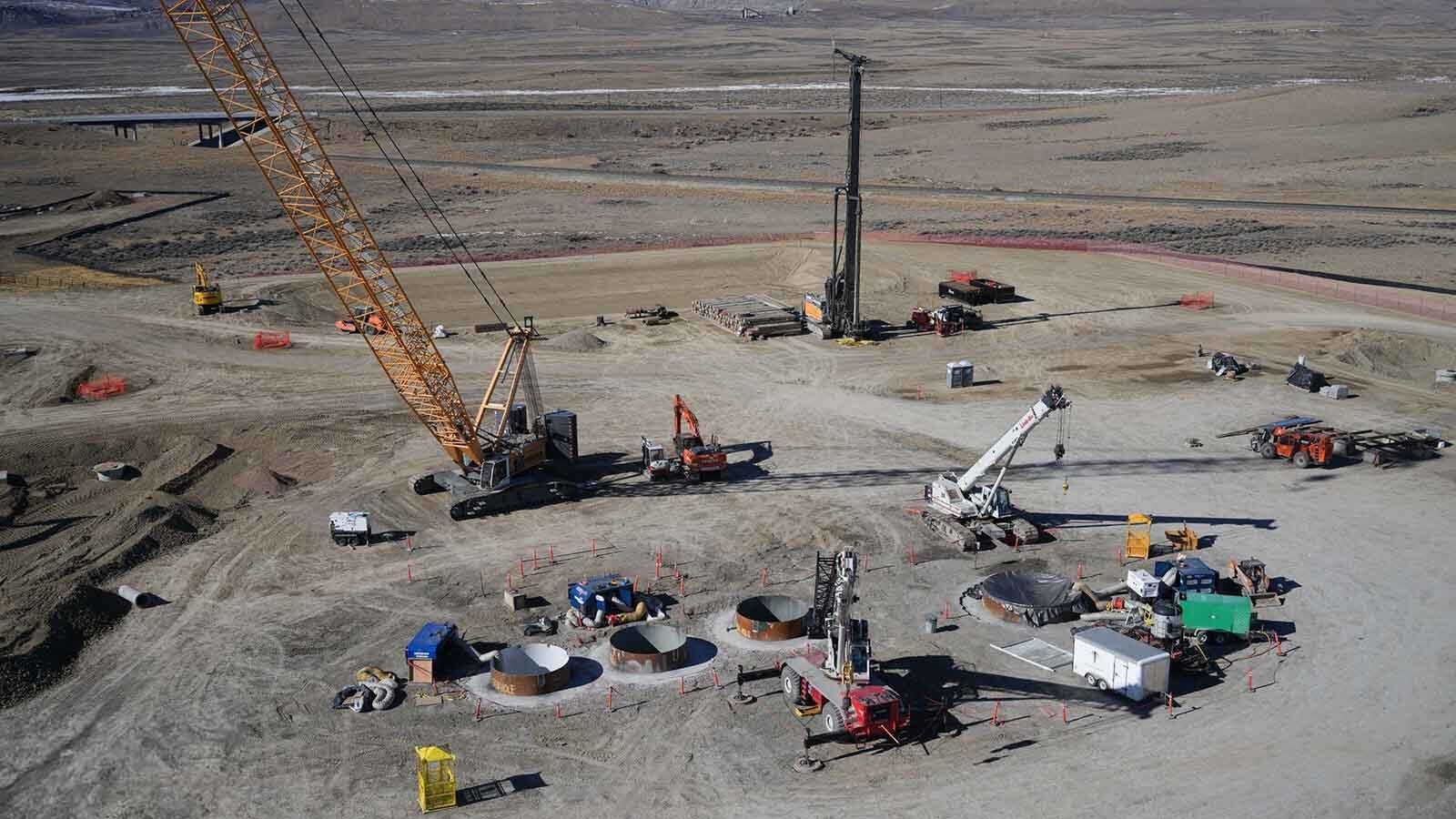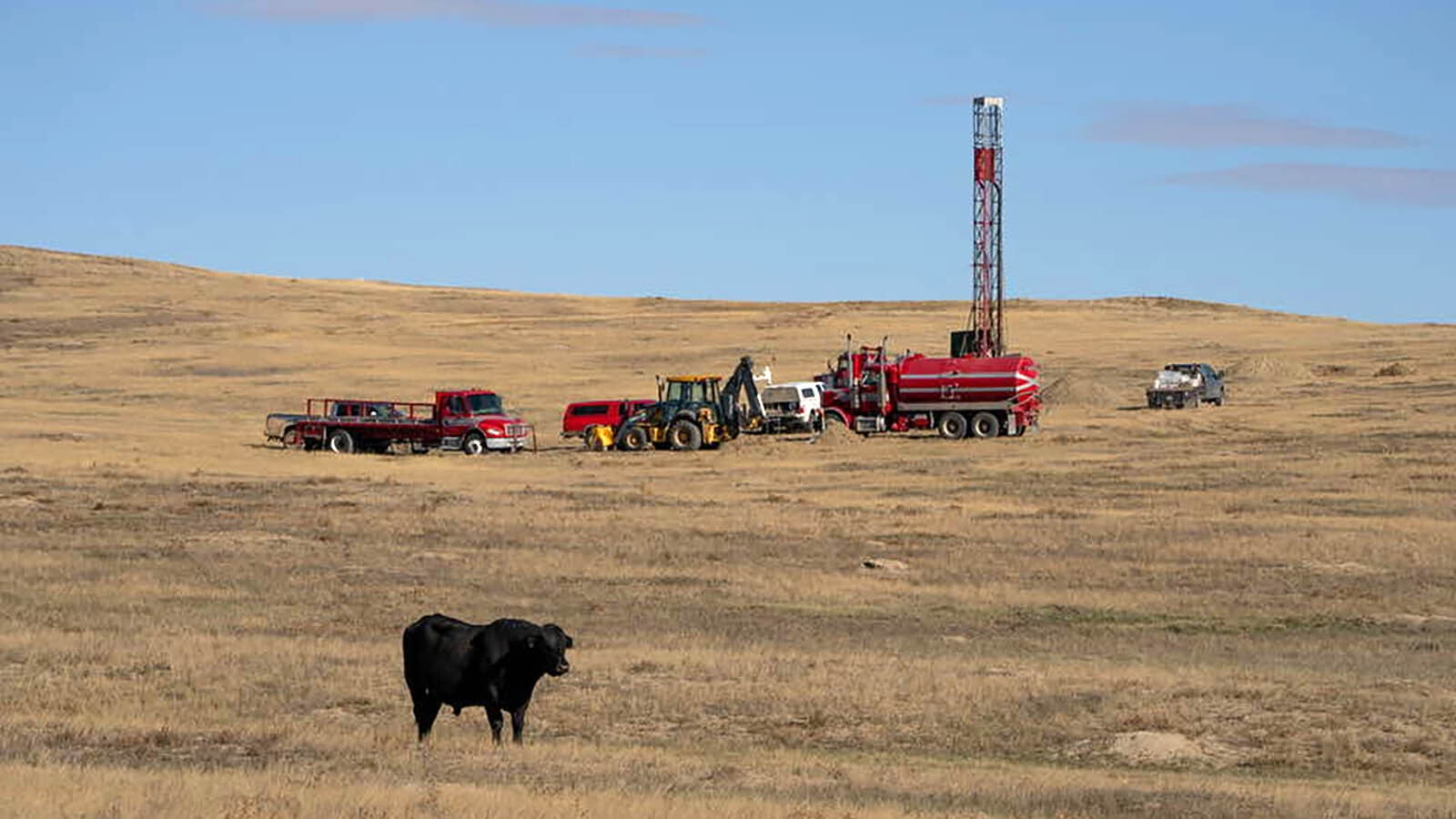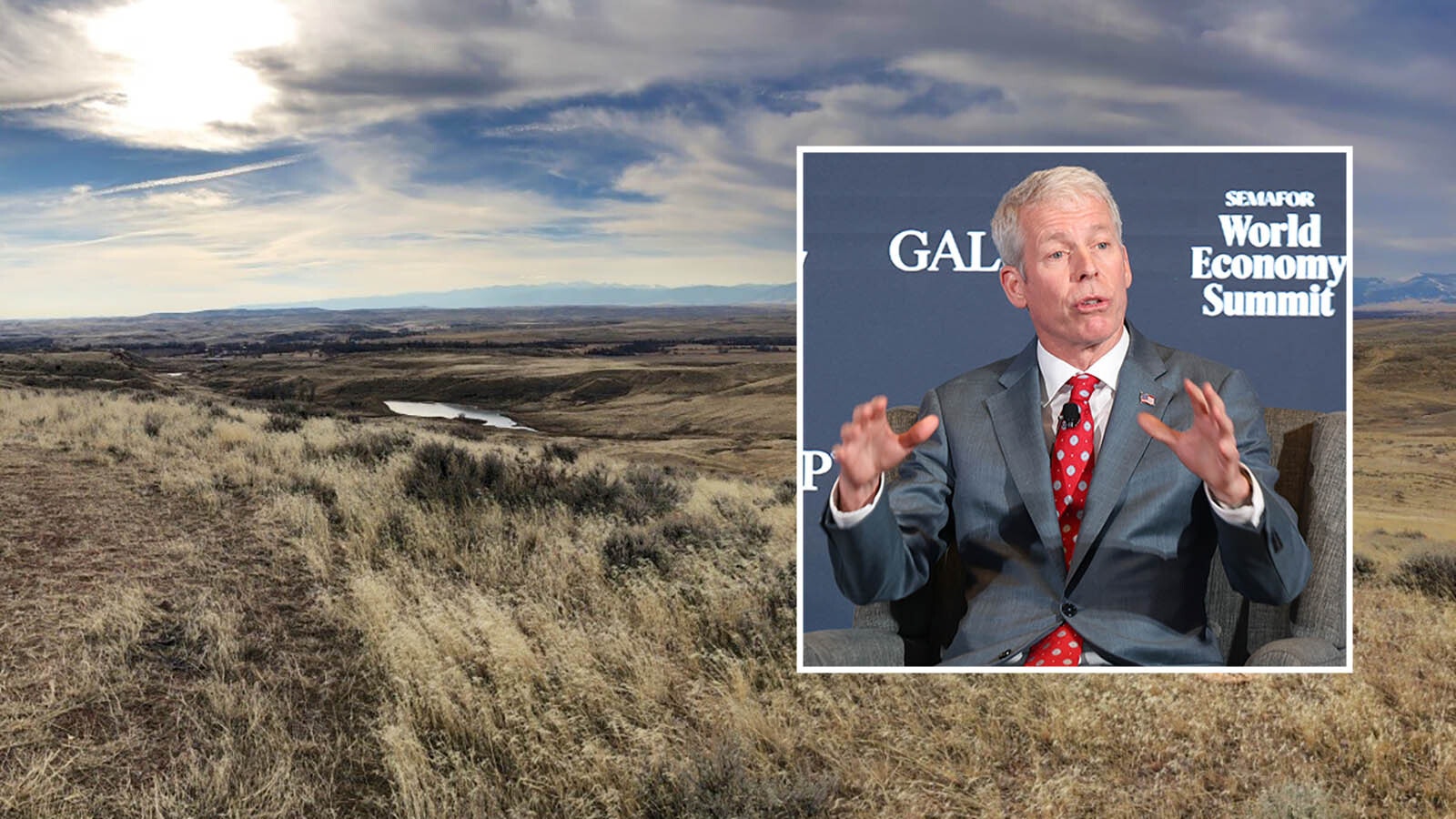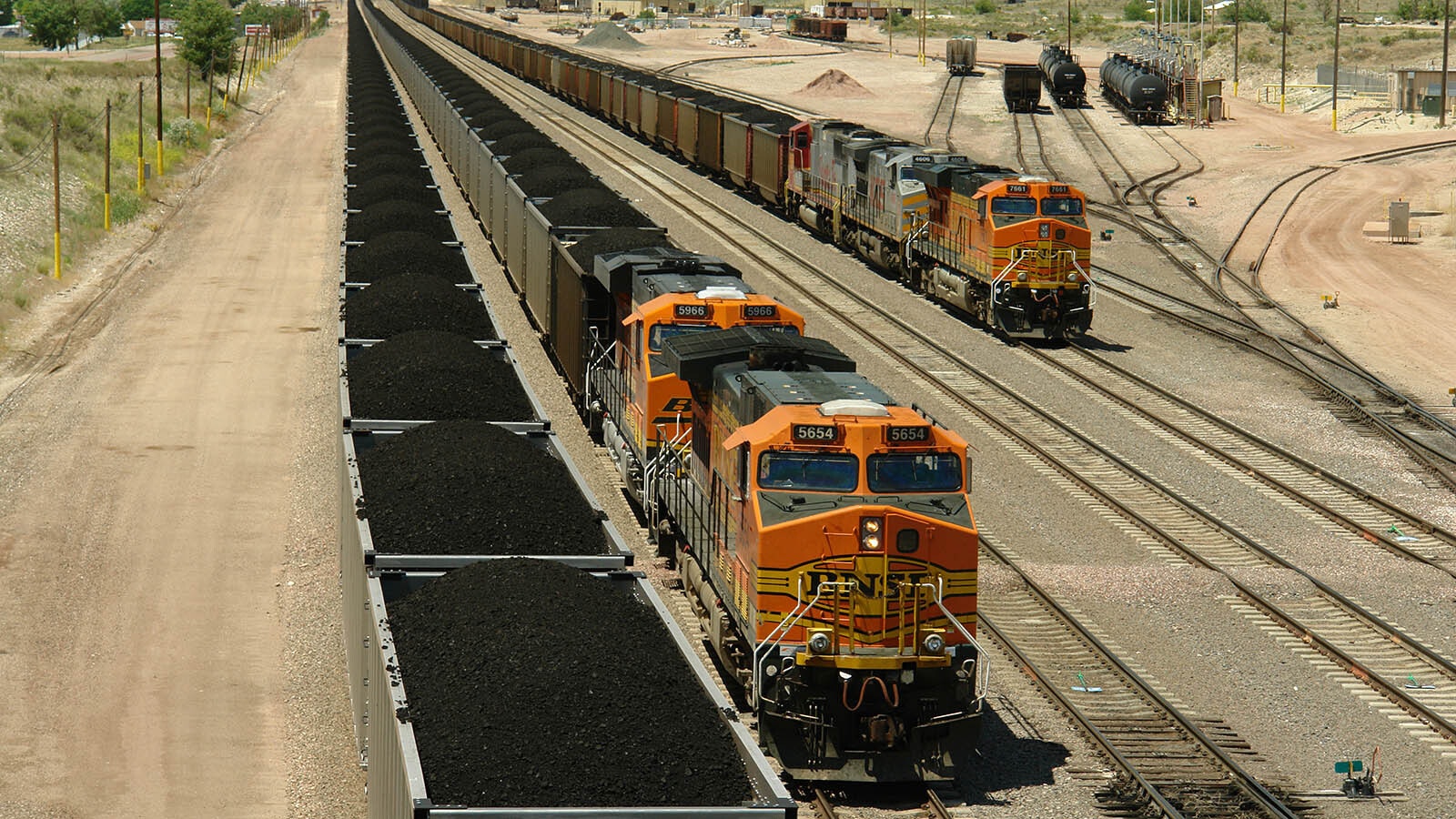Wyoming’s wind industry is feeling the impacts of problems plaguing wind turbine manufacturers.
The Rock Creek II wind project will be delayed a year, according to documents filed with the Wyoming Department of Environmental Quality Industrial Siting Division. General Electric, the turbine manufacturer, provided “updated delivering information” to the developer outlining the delay.
The project is located north of Interstate 80 and straddles the Albany and Carbon county borders. When complete, it will provide 590 megawatts of intermittent electricity.
Last year, General Electric reported losses of $2.2 billion as a result of supply-chain issues, labor costs and inflation — problems many manufacturers are reporting.
Two Phases
This month, PacifiCorp, which will own the wind farm once it’s complete, submitted a notification of the change in construction schedule as a result of the delay to the Industrial project Siting Division.
According to the proposed schedule change in the information submitted to the division, an estimated 30 of the 66 turbines for the Rock Creek II project, as well as a portion of the transmission line construction, are pushed back by a year.
The other 36 turbines will be delivered in 2024 as originally planned.
David Eskelsen, spokesperson with PacifiCorp, told Cowboy State Daily the project has two phases.
“The current request for a change of schedule [is] related to just the second phase,” Eskelsen said.
The original construction schedule had the installation of the turbines for both phases completed by August 2024.
The new schedule submitted to the Industrial Siting Division has the installation of the first phase done by November 2024 and the second phase complete by June 2025.
Ill Prepared
Anne Brande, executive director of the Albany County Conservancy, has been raising concerns about the pace and extent with which wind projects are being developed in the southern part of Wyoming.
Besides impacts to wildlife, Brande is concerned about the impacts to the area’s viewshed and historic sites.
The delay in the project, Brande told Cowboy State Daily, is welcome news. She said the speed by which these projects are being permitted and built isn’t giving members of the conservancy enough time to prepare comments and engage with the process.
“Anything that slows it down a little bit is good for the state. I can't state enough that I think the state is ill prepared to deal with this,” Brande said.
Impact Assistance
Eskelsen didn’t give a reason why General Electric updated its delivery schedule, but he said that PacifiCorp doesn’t expect any other wind developments it's overseeing to be impacted. The company is not requesting any change to the December 2024 commercial operation date.
The project will provide $8.9 million to ten impacted counties and municipalities in Wyoming for “unmitigated impacts.” The changes in construction schedule don’t impact these payments.
The total existing Impact Assistance funds of $8.9M paid to 10 impacted counties.
Struggling Industry
Citing increased cost and supply chain issues, as well as competition from other manufacturers, General Electric cut hundreds of jobs from its U.S. onshore wind energy group last fall. This represented 20% of its workforce in the sector.
In 2022, the company reported a loss of $2.24 billion, which followed a $795 million loss the previous year.
The industry is facing significant financial struggles. Siemens, another turbine manufacturer, reported losses last year of nearly $1 billion.
Vestas, a competitor of General Electric and Siemens, reported a loss of $1.2 billion in 2022.
Both companies cited supply chains and inflationary pressure during their earnings calls.





